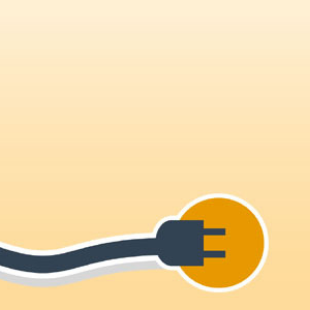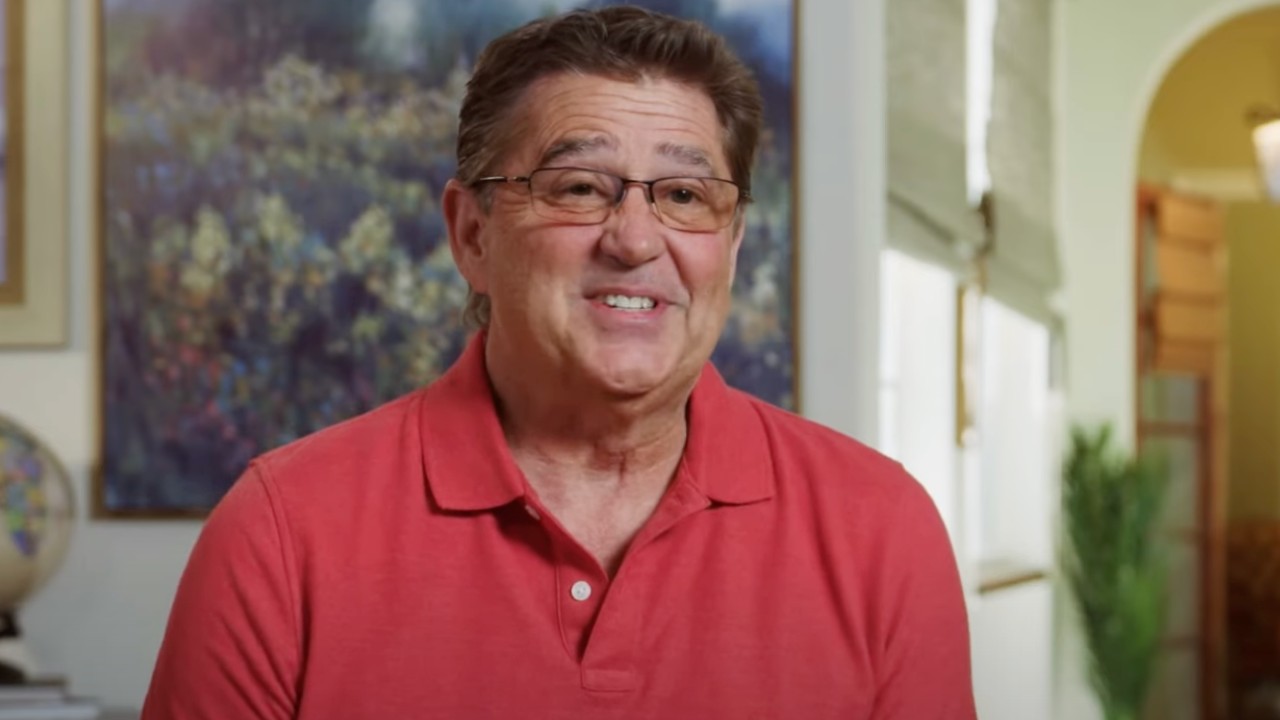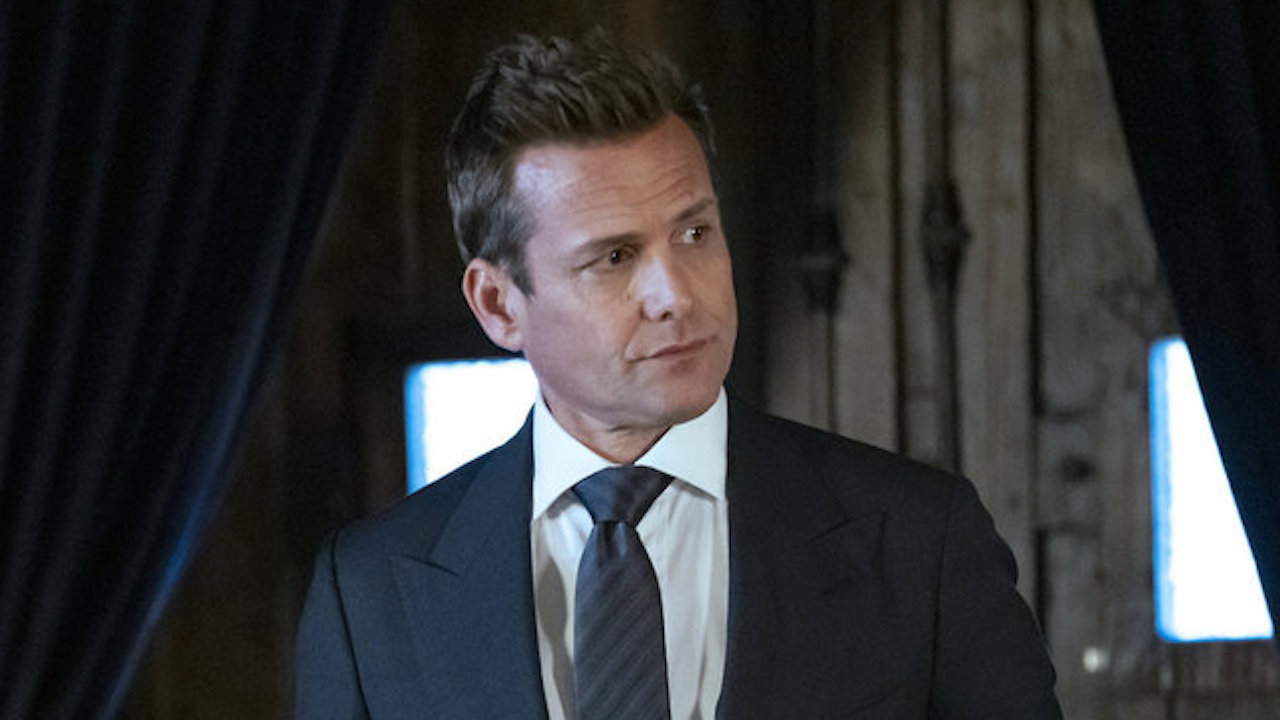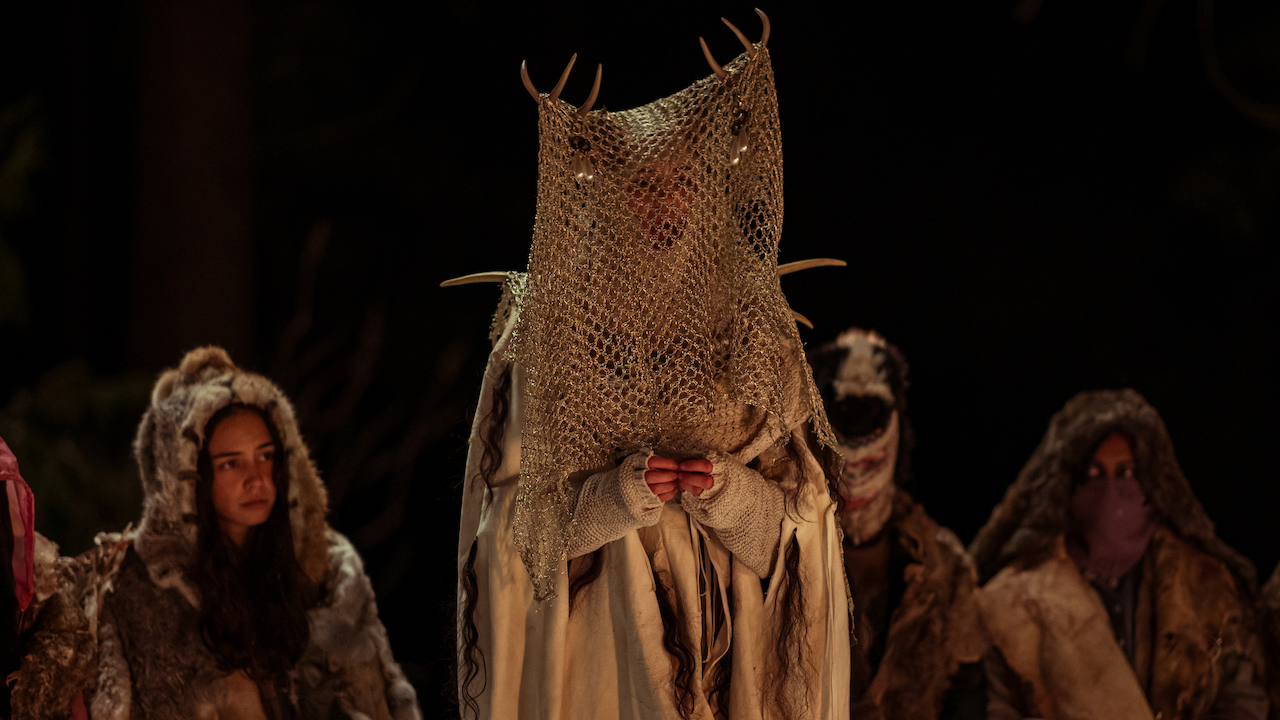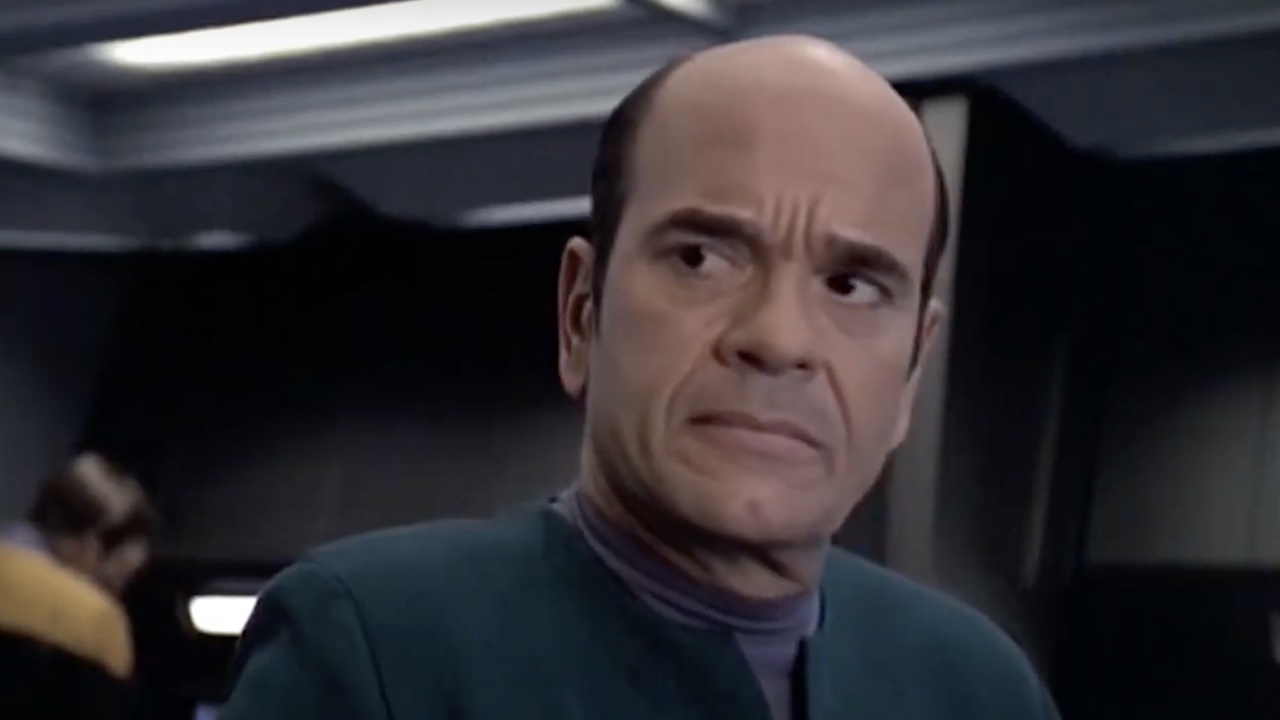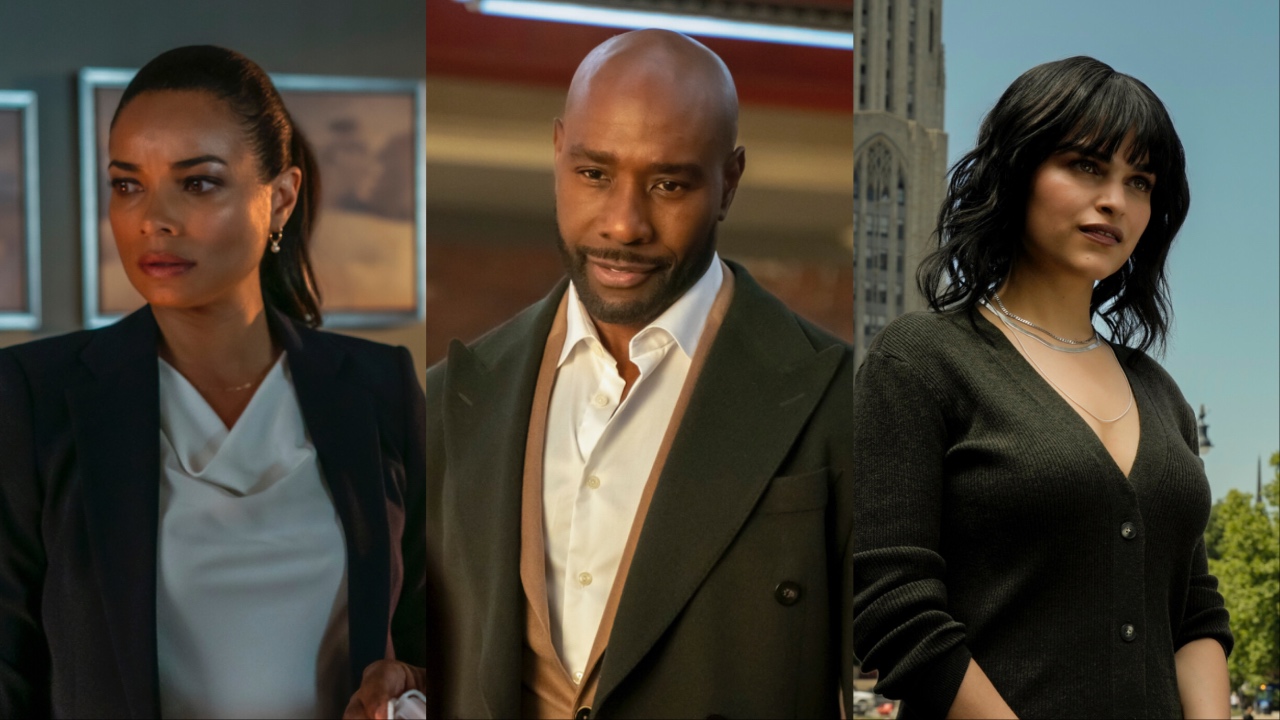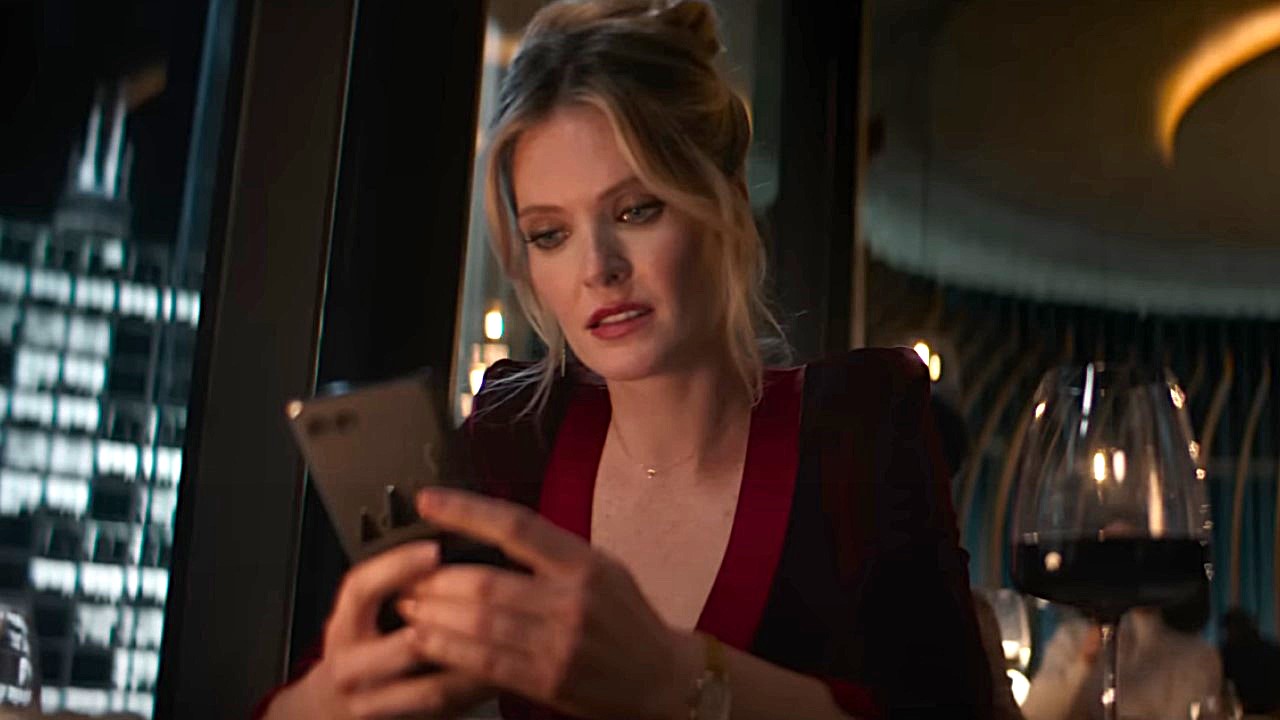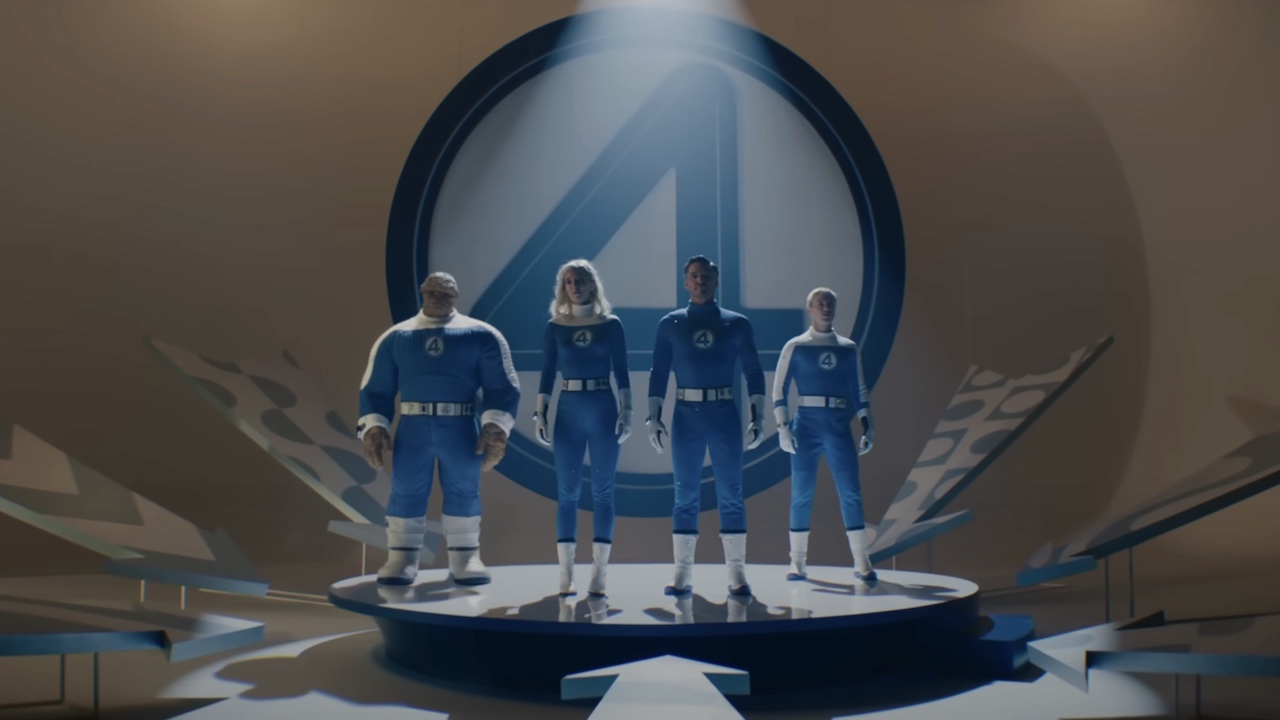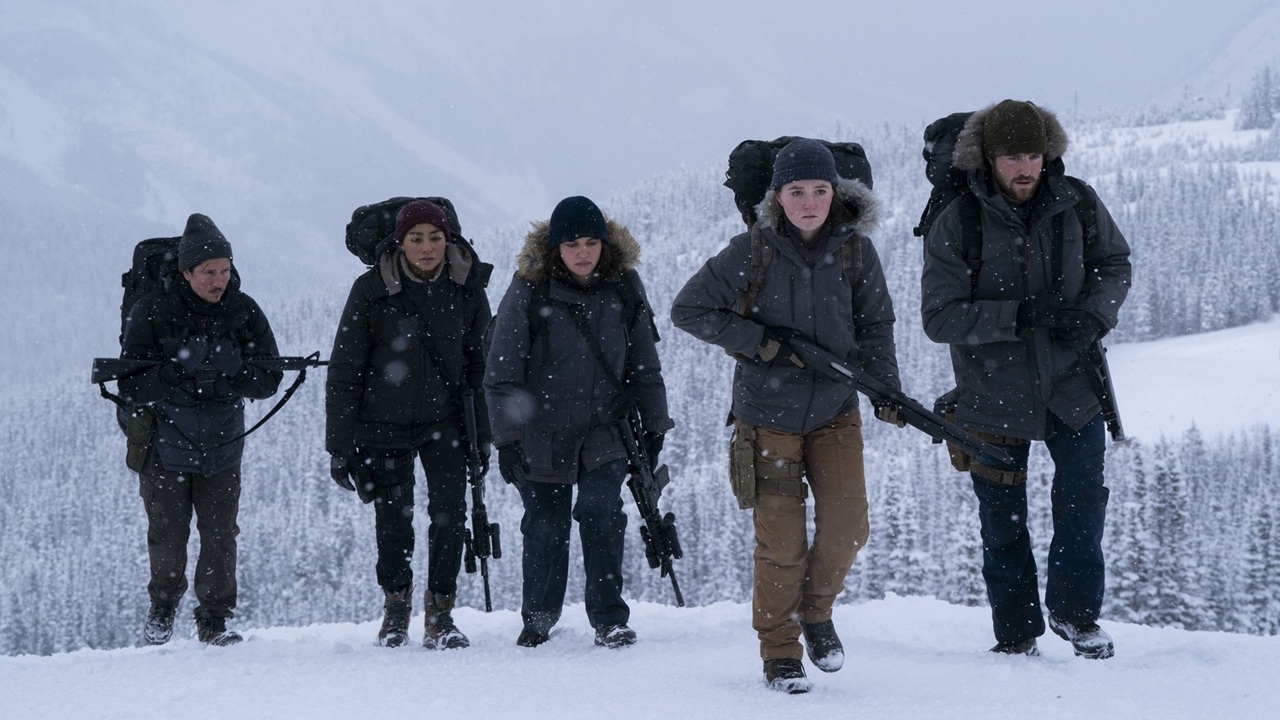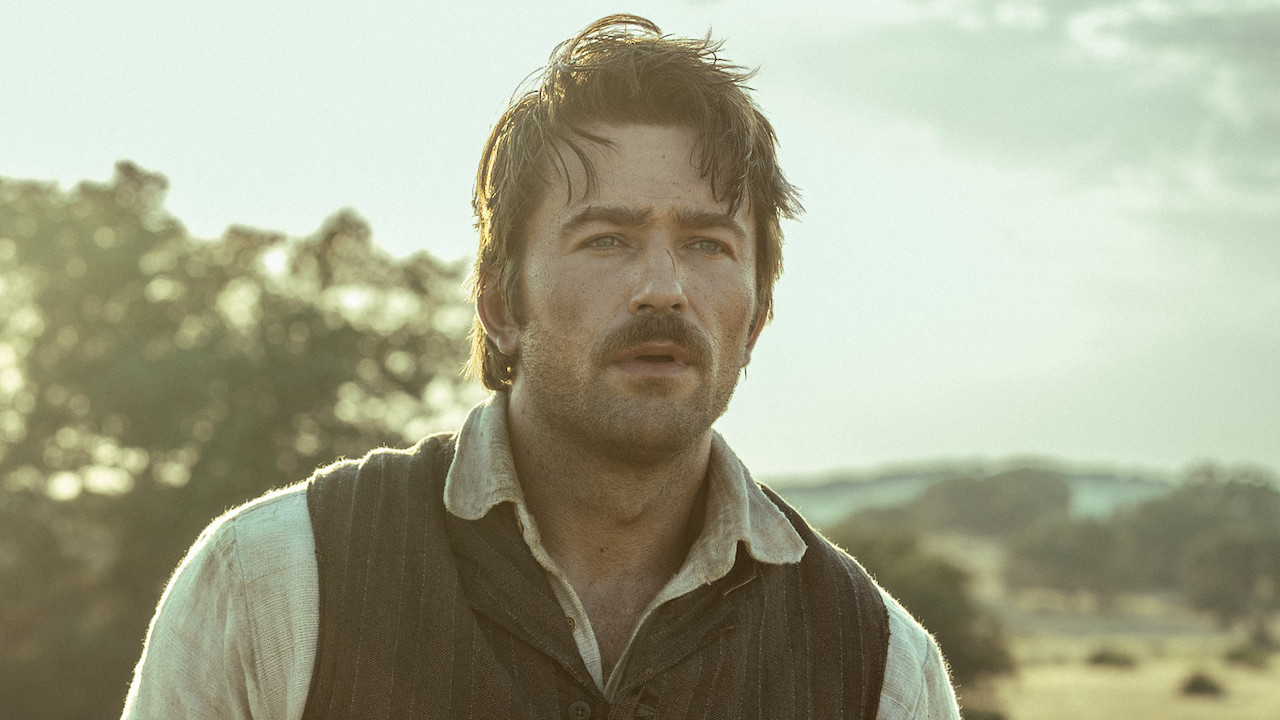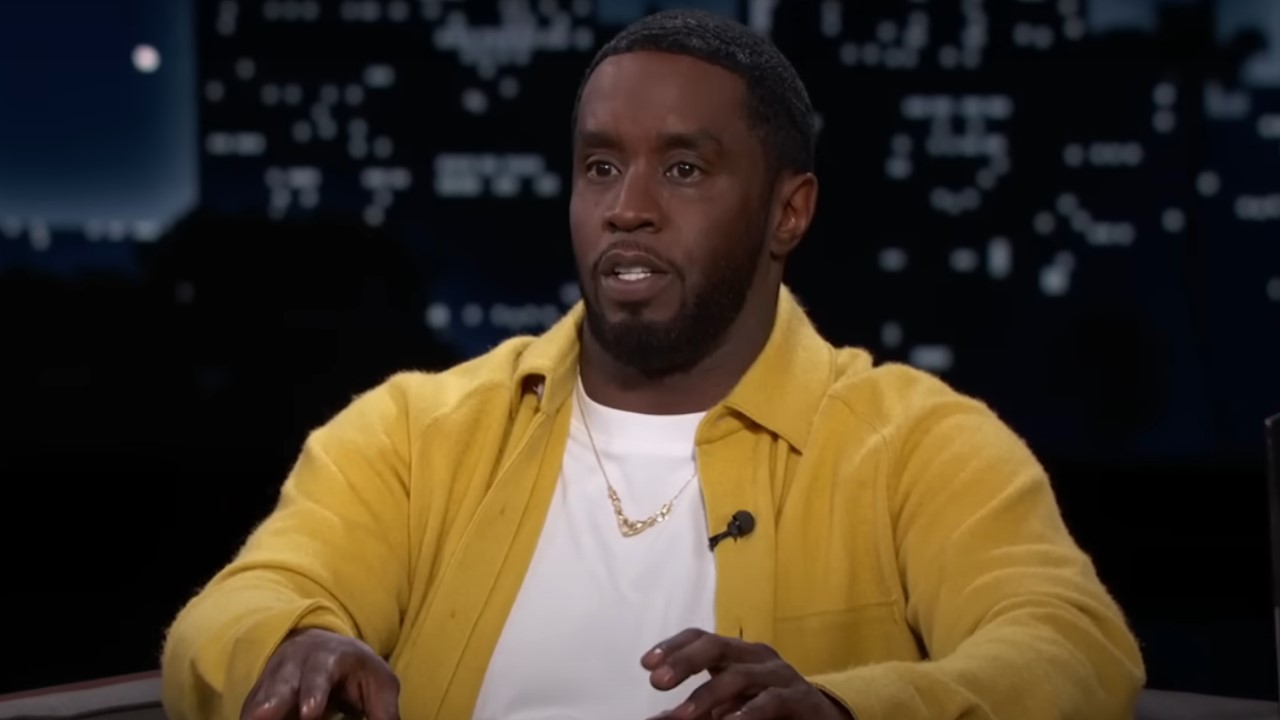Why Star Wars: The Last Jedi Used A Puppet For Yoda
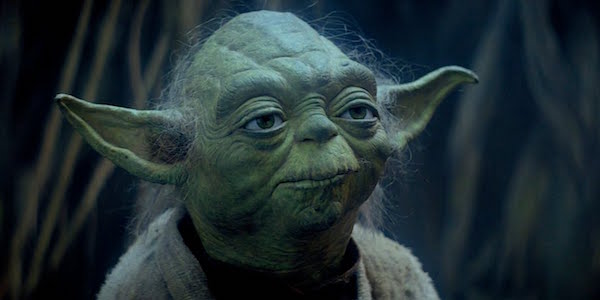
Warning: Reading ahead is the path to the spoiler side. Do not do so until you have seen Star Wars: The Last Jedi.
Star Wars: The Last Jedi is full of memorable moments and the film goes in a lot of surprising directions. One very welcome surprise was the return of Yoda to the Star Wars universe. The Jedi Master has been gone for a long time and seeing the character come back to impart his wisdom to Luke Skywalker just felt right. Part of what made seeing Yoda again so great was that he was back in his puppet form from the original trilogy. Yoda was a digital creation in the prequels and with the advancements in CGI it wouldn't have been entirely impossible to see another digital Yoda here. The Last Jedi's creature designer Neal Scanlan explained why they returned Yoda to his original puppet glory, saying:
We just felt that it was absolutely right and proper that we create the puppet in the closest likeness to the original and to give Frank exactly what he had the first time around.
Frank Oz is both the voice of Yoda since his introduction and the man who controlled the puppet in the original trilogy. Knowing that Frank Oz would be returning to the role of Yoda in this new film, Neal Scanlan and the people behind The Last Jedi wanted to give the puppeteering master the same basic puppet he used in The Empire Strikes Back. According to the Nerdist, the puppet was made easier for Frank Oz to use this time around, but the creative team still wanted it to be as close as possible to the original. Since Lucasfilm only possessed pieces of the original puppet, a new one had to be created from what was available, taking cues from magazine photos and Frank Oz's recollections. All to make Yoda not only appear the way he did in 1980, but also to make controlling him feel the same in order to have even his movements match his first appearance.
This new Lucasfilm regime under Disney has a clear reverence for the original trilogy and desire to correct on the perceived missteps of the prequel films. In this age of digital Beasts and Andy Serkis' Caesar it would be easy to decide to create an amazing digital Yoda. But that would remind people of the prequels, which featured a horrible puppet (in the original release of The Phantom Menace) followed by a digital Yoda who not everyone connected with. The puppet Yoda also makes more sense from a time perspective. Episode VIII is a lot closer to The Empire Strikes Back than it is to Revenge of the Sith. We have never seen Luke Skywalker interact with a digital Yoda, so better to have continuity, pairing him with the same Yoda who first taught him on Dagobah. This is just another example of Star Wars taking the practical approach when it is possible and works best for the overall film. This tangibility was so important that those involved even reduced how ghostly force ghost Yoda would look, as Neal Scanlan explained.
I remember saying to Rian [Johnson] that if we were going to do it, we couldn't make him too much of a ghost because it would deny everybody the joy of seeing him solid and real.
Indeed, instead of appearing partially transparent the way he was at the end of Return of the Jedi, Yoda in The Last Jedi appears opaque with just a slight ghostly glow. This created for a magical scene that hearkened back to the most celebrated film in the saga. And as we see this new, more solid, force ghost Yoda still has some serious force powers that raises some interesting questions going forward. With Rey in need of a teacher, perhaps Episode IX will see puppet Yoda back, along with a force ghost Luke, to help teach her what she needs to end this saga with a 'W'.
CINEMABLEND NEWSLETTER
Your Daily Blend of Entertainment News
Nick grew up in Maryland has degrees in Film Studies and Communications. His life goal is to walk the earth, meet people and get into adventures. He’s also still looking for The Adventures of Pete and Pete season 3 on DVD if anyone has a lead.
